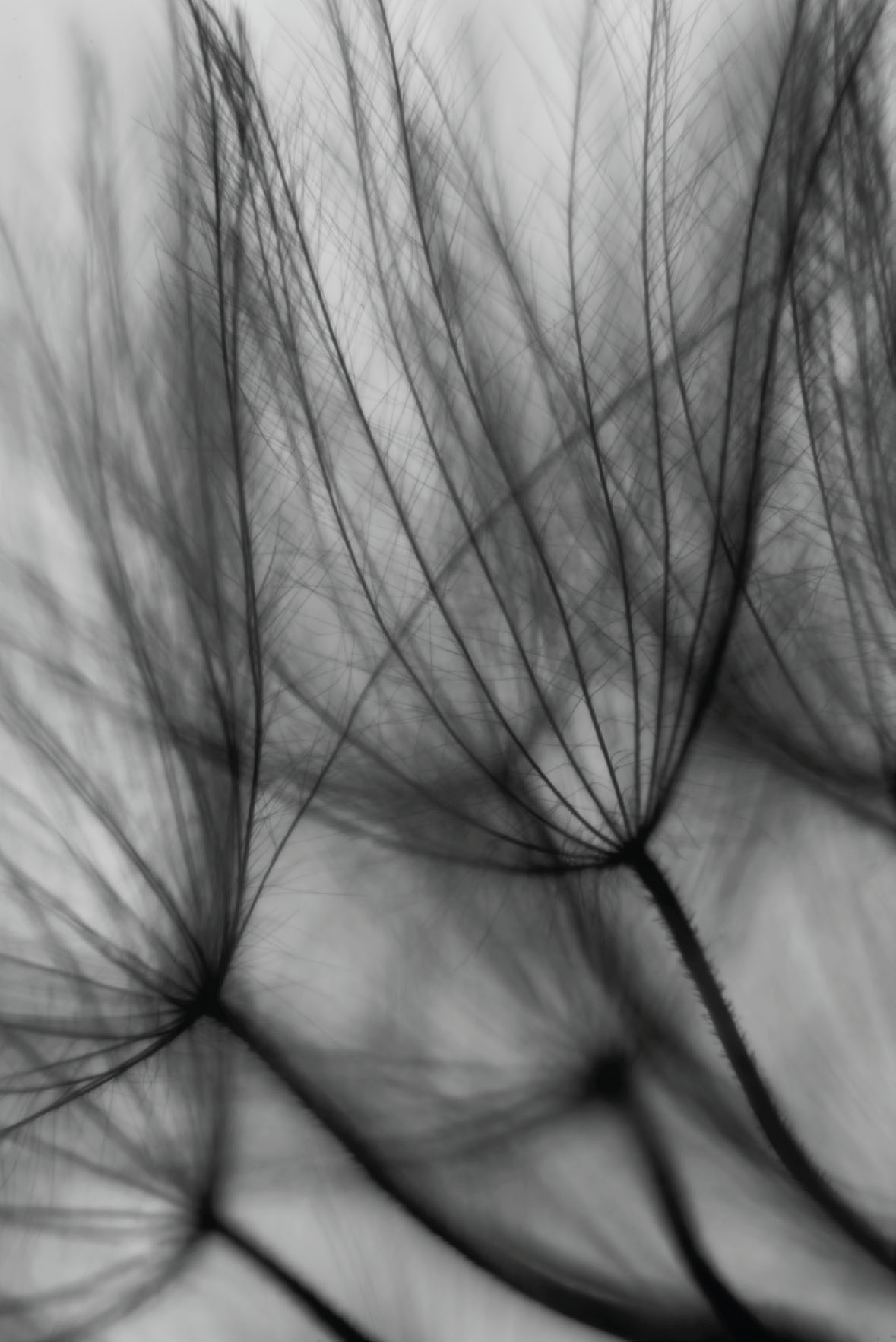Lighting and Monochromatic Photos
If there’s one thing almost all photographers agree on, it’s that photographs are about capturing light. How your subject is lit—whether you arrange the lighting, or it is natural because the light was “just there”—is crucial to the success of any photo. The most important aspect of the art and craft of working with light is perceptual. It’s necessary to learn to be able to pre-visualize the impact of lighting—and relatively small changes in lighting—on a final image.
The way light works in your photographic compositions is different depending on whether your photo is a monochromatic or color image. With color, there are more variables. Light with a given quality can interact and appear differently depending on what is being photographed. Two objects, right next to each other in the same photo, can reflect different color temperatures, even though they are lit the same way. The infinite gradations of light intensity, color temperature, and tone correspond to the normal way we see the world, and provide a rich and subtle palette for nuanced imagery.
The strengths of black and white tend to lie elsewhere. Light still plays a crucial role in monochromatic compositions. But its role is usually anything other than subtle. Monochrome favors bold boundaries and abrupt transitions from light to dark. When I see a subject that shows this kind of strong, abstract demarcation—particularly if color doesn’t play a vital role in the composition—I start thinking, “black and white.”
Since a digital monochromatic image is almost always a simulation that involves re-purposing a full color capture, working with light in black and white can take place in four stages:
- Recognizing, or setting up, a black and white composition.
Glory—Watching the morning sun rise on the Yosemite Valley floor, I couldn’t see much in the way of color. But the interaction of the rays of sunshine with the morning haze held the promise of an interesting monochromatic image. I intentionally underexposed my capture, then processed the photo by selectively lightening the bright areas using multi-RAW processing, layers, and masking.
Nikon D300, 32mm, 1/400 of a second at f/5 and ISO 100, hand held; processed to monochrome using ACR and Photoshop.
- Making an exposure (or more than one to extend dynamic range). Many of the photos I’ve used in this book, taken together with their captions that include camera settings information, are intended to help give you a starting place for some of your own black and white exposures.
- Processing an image captured in color—usually as a RAW file—into monochrome as explained in Black and White in the Digital Era.
- Applying creative special effects to the way the lighting appears in your processed photos using the digital darkroom.
In this part of the book, I am going to show you some special effects you can use as part of processing your monochromatic photo from the RAW file after it has been initially processed. These ideas can be a reference, as possibilities to bear in mind when you conceptualize a black and white image, and as recipes for enhancing your existing work.

Golden Gate Shadow—From the vantage point of a sailboat under the Golden Gate Bridge, I noticed that sunlight passing through the bridge tower created a shadow of the tower projected on the fog. The unusual lighting conditions made a striking monochromatic composition possible. I overexposed the capture, then worked in post-processing to darken the tower and its shadow.
Nikon D300, 135mm, 1/1000 of a second at f/8 and ISO 200, hand held; processed in ACR and Photoshop.
Dandelion Forest—I spent several happy days photographing dandelions gone to seed on a light box at high magnification. My thought with this image was to render it as black and white from the moment I saw it in my viewfinder.
Nikon D810, 200mm macro, 24mm extension tube, 1/15 of a second at f/29 and ISO 64, tripod mounted; converted to black and white using ACR, Photoshop, LAB color, and Topaz Simplify.


